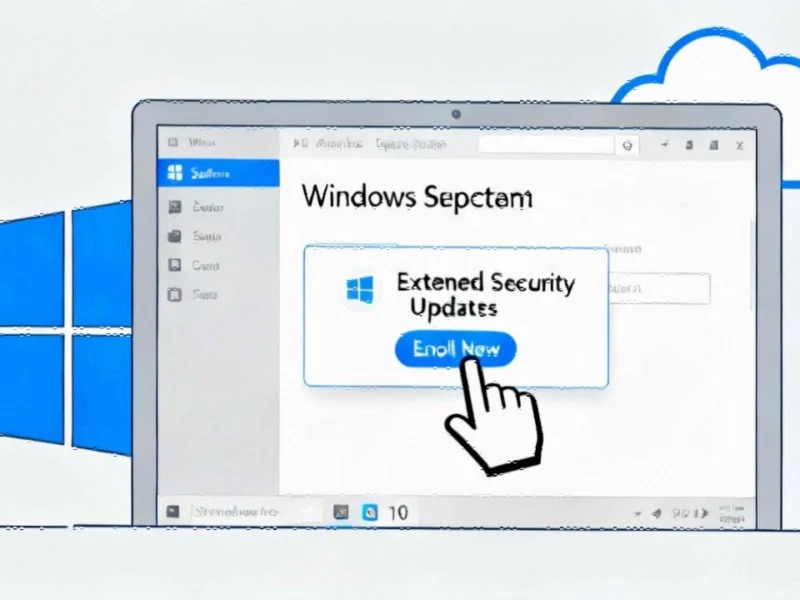Introduction: The Evolution of Affine Ciphers
In an era where data breaches and cyber threats dominate headlines, the quest for robust encryption methods has never been more critical. While traditional cryptographic techniques like the Affine cipher have long served as foundational elements in data protection, their inherent vulnerabilities have prompted researchers to develop innovative enhancements. Recent breakthroughs combining modified three-pass protocols with digraph transformations are setting new standards for secure communications in industrial and governmental applications.
Table of Contents
- Introduction: The Evolution of Affine Ciphers
- The Foundation: Understanding Affine Cipher Limitations
- Breakthrough Enhancement: Three-Pass Protocol Integration
- Digraph Transformation: Eliminating Pattern Vulnerabilities
- Comparative Security Analysis
- Industrial Applications and Implementation Considerations
- Future Directions and Industry Impact
- Conclusion: A New Era for Practical Cryptography
The Foundation: Understanding Affine Cipher Limitations
The classical Affine cipher, a type of monoalphabetic substitution cipher, has been widely studied in cryptographic circles. However, its susceptibility to frequency analysis attacks and pattern recognition has limited its practical applications in modern security contexts. Traditional implementations often struggle with repetitive ciphertext patterns and require padding for odd-length plaintext, creating potential security gaps that sophisticated attackers can exploit.
As industrial systems become increasingly interconnected, these vulnerabilities pose significant risks to operational technology, industrial control systems, and sensitive communications. The need for lightweight yet powerful encryption has driven researchers to reimagine this classical approach through innovative modifications.
Breakthrough Enhancement: Three-Pass Protocol Integration
The integration of a modified three-pass protocol represents a quantum leap in Affine cipher security. Originally conceptualized by Shamir, this protocol enables secure key exchange without transmitting secret keys over potentially compromised channels. The enhanced version employs three distinct keys, creating multiple layers of protection while maintaining the algorithm’s computational efficiency., according to technology trends
This approach fundamentally addresses one of cryptography’s most persistent challenges: secure key distribution. By eliminating the need to share keys directly, organizations can establish secure communications channels without exposing critical encryption parameters to potential interception., according to recent developments
Digraph Transformation: Eliminating Pattern Vulnerabilities
Complementing the three-pass protocol enhancement, digraph transformation addresses the Affine cipher’s susceptibility to frequency analysis. By encrypting pairs of characters simultaneously, this method dramatically increases the complexity of cryptographic analysis while eliminating repetitive ciphertext patterns that could reveal underlying message content.
The transformation process offers several distinct advantages:
- Enhanced confusion and diffusion properties that obscure the relationship between plaintext and ciphertext
- Natural handling of odd-length messages without requiring padding characters
- Expanded key space that significantly increases resistance to brute-force attacks
- Reduced vulnerability to frequency analysis through character pair encryption
Comparative Security Analysis
When evaluated against previous Affine cipher modifications, the combined three-pass protocol and digraph transformation demonstrates superior security characteristics. Unlike approaches that simply increase character sets or combine with other ciphers, this method addresses fundamental cryptographic principles while maintaining the algorithm’s elegant mathematical foundation.
Security metrics reveal impressive performance across multiple dimensions:
- Avalanche effect: Minor input changes produce significant ciphertext alterations
- Key space expansion: Dramatically increased possible key combinations
- Processing efficiency: Minimal computational overhead despite enhanced security
- Attack resistance: Strong performance against brute-force and frequency analysis
Industrial Applications and Implementation Considerations
The enhanced Affine cipher holds particular promise for industrial environments where balancing security requirements with computational constraints is essential. Manufacturing systems, supervisory control and data acquisition (SCADA) networks, and industrial IoT devices can benefit from the algorithm’s lightweight nature while enjoying enterprise-grade protection.
Implementation considerations include:
- Integration with existing industrial communication protocols
- Performance optimization for resource-constrained devices
- Compatibility with real-time operating systems common in industrial applications
- Certification requirements for government and critical infrastructure use
Future Directions and Industry Impact
As digital transformation accelerates across industrial sectors, the demand for efficient, reliable encryption will continue to grow. The enhanced Affine cipher represents a significant step toward meeting these requirements while providing a foundation for future cryptographic innovations., as related article
Research continues in several promising areas, including:
- Hybrid approaches combining multiple cryptographic techniques
- Quantum-resistant modifications for long-term security
- Hardware acceleration for high-throughput industrial applications
- Standardization efforts for widespread industry adoption
Conclusion: A New Era for Practical Cryptography
The evolution of Affine ciphers through three-pass protocols and digraph transformations demonstrates how classical cryptographic techniques can be revitalized for modern security challenges. By addressing fundamental vulnerabilities while maintaining computational efficiency, these enhancements offer practical solutions for organizations seeking to protect sensitive communications and industrial systems.
As cybersecurity threats continue to evolve in sophistication and scale, such innovations in encryption methodology will play an increasingly vital role in safeguarding critical infrastructure and maintaining trust in digital systems. The enhanced Affine cipher stands as testament to the ongoing importance of cryptographic research in an increasingly interconnected world.
Related Articles You May Find Interesting
- Tianlong’s South African Venture Boosts Local LPG Manufacturing and Economic Gro
- Classic 1998 Shooter ‘Unreal’ Gets Stunning RTX Remix Transformation
- HBO Max Implements Widespread Subscription Price Increases Following Market Tren
- Chrome’s Critical Security Patch: What You Need to Know About CVE-2025-12036
- Third Proxy Advisor Offers Conditional Support for Musk’s $1 Trillion Tesla Comp
This article aggregates information from publicly available sources. All trademarks and copyrights belong to their respective owners.
Note: Featured image is for illustrative purposes only and does not represent any specific product, service, or entity mentioned in this article.



